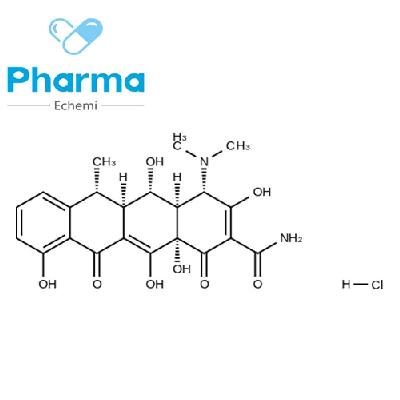From research and development to the market, the average cost of an innovative drug exceeds 1 billion US dollars, the research and development cycle is greater than 10 years, and it also faces the high risk of research and development failure and the problem
of homogenization targets.
The development of science and technology has opened up new ideas for new drug research and development, among which artificial intelligence (AI) + pharmaceuticals have high hopes in the industry, believing that the bottleneck
of traditional new drug research and development can be broken.
In recent years, capital has continued to increase the AI+ pharmaceutical field, injecting impetus into the industry, of which according to Zhiyan Consulting data, the financing scale of AI pharmaceutical in China has reached 1.
236 billion US dollars in 2021, an increase of 163.
54%
year-on-year.
At present, not only multinational pharmaceutical companies such as Pfizer and Novo Nordisk, but also local technology companies and biotechnology start-ups have also poured into the AI+ pharmaceutical track and actively laid out their layout
.
Compared with overseas, at present, domestic AI pharmaceuticals are still in the early 2.
0 stages, most AI pharmaceutical companies are in the stage of animal testing, efficacy and toxicological verification, and AI drugs have fewer
results.
However, recently, the domestic AI+ pharmaceutical field ushered in major breakthroughs in the good news!
Recently, the team of Professor Liu Bing of the First Affiliated Hospital of Xi'an Jiaotong University has made a breakthrough in the development of a super antibacterial drug Drug X, which is expected to become the world's first new target and new category of antibiotics
in the past 40 years.
Drug X Department uses the AI-assisted drug design service based on the HUAWEI Cloud Pangu drug molecule model to successfully develop super antibacterial drugs, and it is reported that Drug X pilot drugs are shortened from several years to one month with the assistance of the HUAWEI Cloud Pangu drug molecule big model, and the R&D cost is reduced by 70%, which greatly improves the efficiency
of new drug research and development.
The industry believes that as an innovative drug developed with the help of AI technology, Drug X will inject a dose of cardiotonic agent into the AI+ pharmaceutical industry, bringing new opportunities
for the development of domestic pharmaceutical companies, especially small pharmaceutical companies.
In fact, with the advent of the digital era, the AI+ pharmaceutical industry has entered an accelerated growth period, and as the popularity of the track heats up, it is normal
for technology platforms and scientific research teams to join forces.
For example, on September 12, Novo Nordisk announced a partnership with Microsoft to combine
Microsoft's computing services, cloud, artificial intelligence and Novo Nordisk's drug discovery and development capabilities.
Previously, Novo Nordisk also announced a partnership with life sciences robotics company HighRes Biosolutions, which will design a state-of-the-art robotics platform for high-throughput biologics engineering and characterization
.
On July 25, Yunnan Baiyao announced that the company will cooperate with Huawei to carry out extensive exchanges and cooperation in the field of artificial intelligence drug research and development, explore the mechanism of joint scientific research and innovation, and expand the breadth and depth of cooperation between the two sides, including but not limited to large and small molecule design, related diseases, and database development
.
At present, AI+ Pharmaceutical mainly focuses on drug design and clinical trials
.
According to "Global AI Pharmaceuticals Entering a New Stage" published by Universal Magazine, from the initial computer-aided drug design (CADD) to today's artificial intelligence drug development (AIDD), AI is currently involved in almost the entire process
from drug target discovery to clinical trials.
Industry insiders believe that in the next stage, in addition to the existing target-based AI drug design and development, the field of AI drugs will pay more attention to private data construction and AI applications based on phenotypic drug discovery, and pharmaceutical companies need to lay out and plan
earlier.
Overall, the widespread application of AI technology in the pharmaceutical industry has become a major trend, and the future can be expected
.







